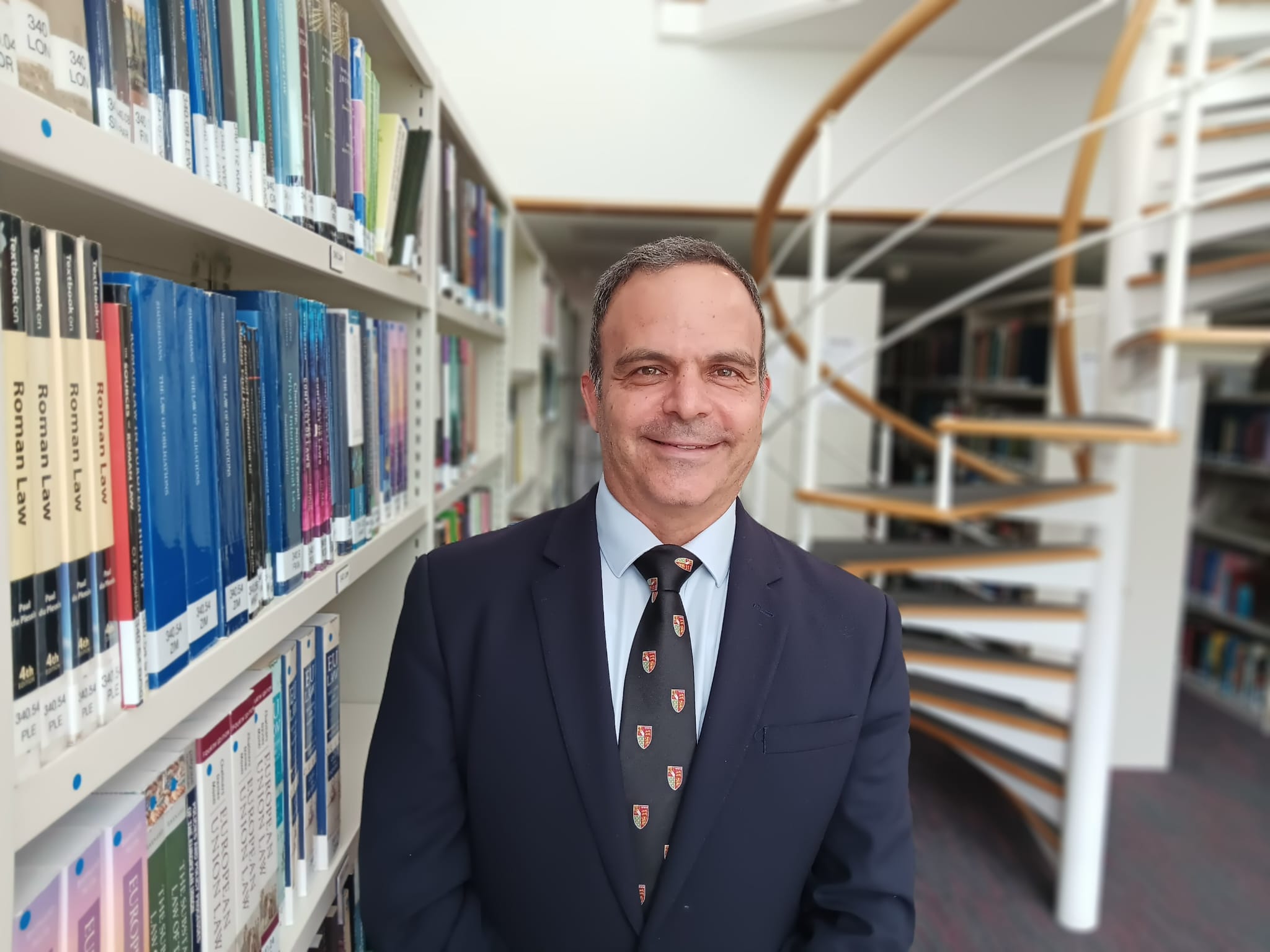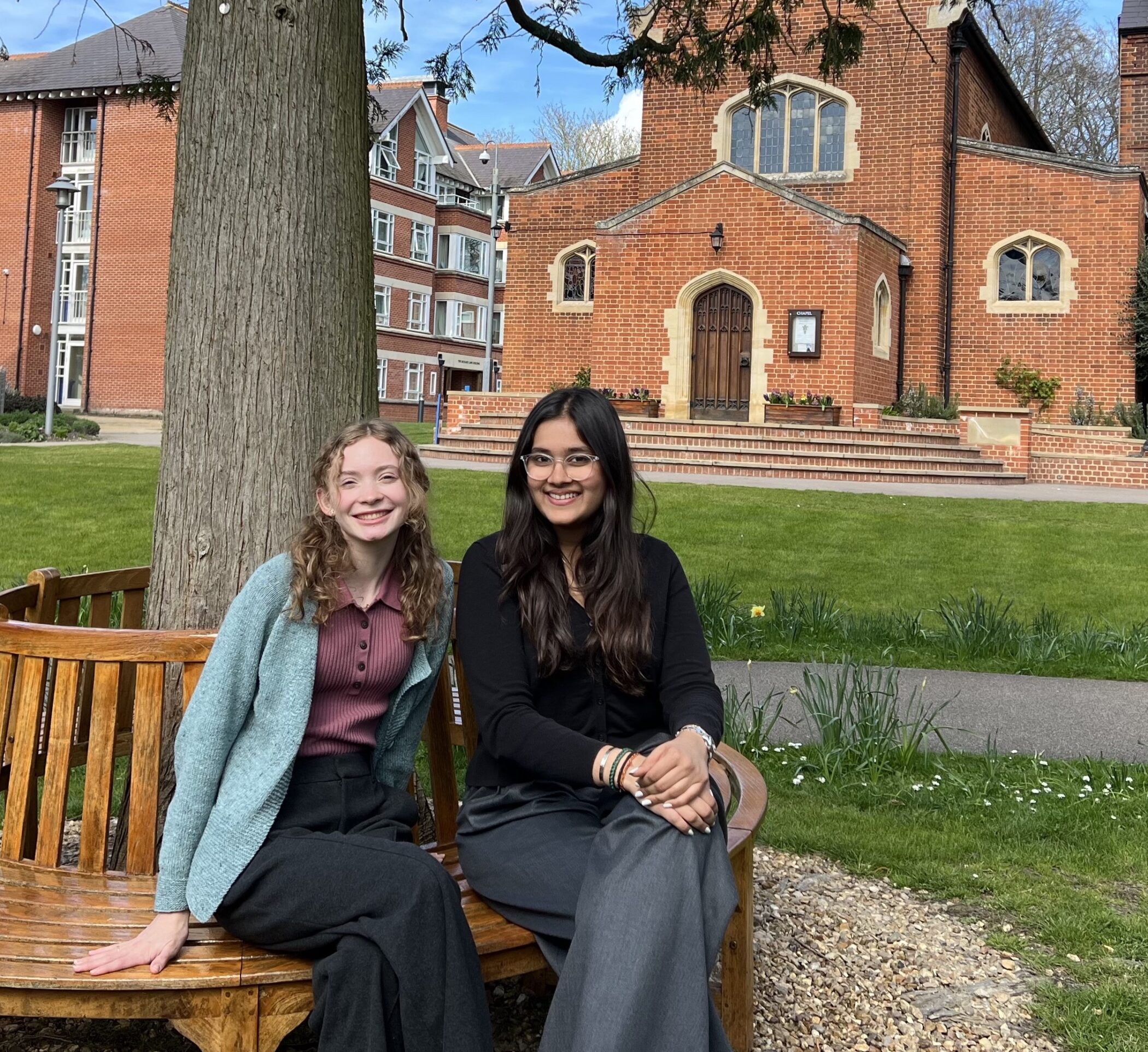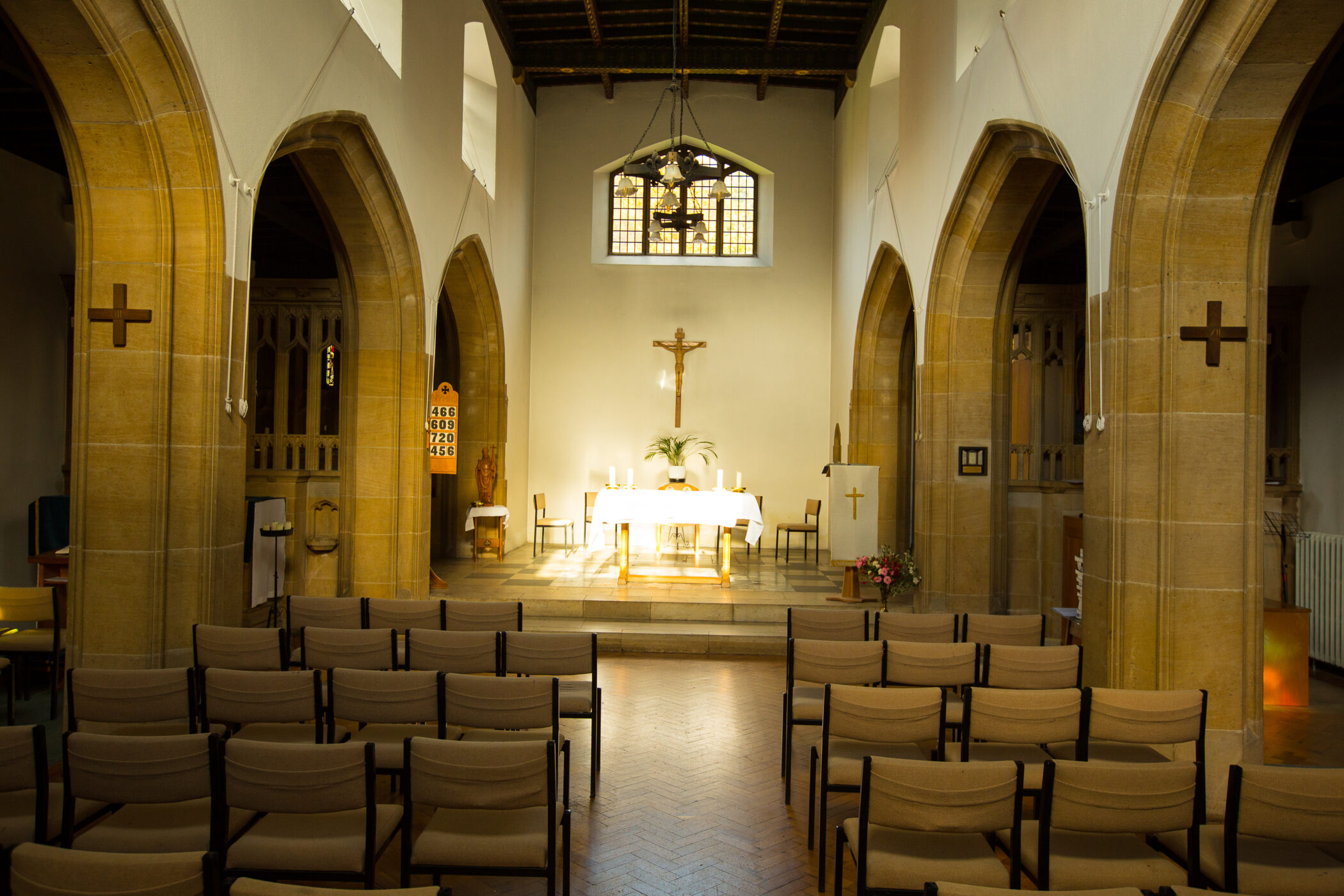In February of 2019, I applied and was awarded £500 from the St Edmund’s College Cherry Hume Fund for the fieldwork to North Borneo, which is in Sabah, a state in Malaysia. The fieldwork was a part of my PhD project where the purpose of it was to retrieve earthquake waveform data from a network of 46 seismic stations that were installed on North Borneo. The project named North Borneo Orogeny Seismic Survey (nBOSS) is a collaboration between the University of Cambridge, University of Aberdeen, Universiti Malaysia Sabah (UMS) and the Malaysian Meteorology Department (MET Malaysia). The seismic stations were installed in March of 2018 will be there until January 2020, for a period of 2 years. The fieldwork that I was involved with in last March was the last service work before the instruments’ pull-out early next year. Involved in the fieldwork was myself and four other postdoctoral researchers. We arrived in the capital city of Sabah, Kota Kinabalu (KK) on the 8th of March after a long 14 hours flight from London. Although I am a local Malaysian, travelling back with a different objective in mind was very exhilarating as this would be the first time I will be doing work related back home. We gathered in the morning the next day to collect three 4wd pick-up truck ,which was used for the whole 14 days that we were there. We then went to UMS store room to load our tools needed for data retrieval and the services of the seismic stations before went to get our supplies around the cities.
Our journey officially started on the 10th of March where we went to service seismic stations located around KK city before heading north and driving in a clockwise direction along the coast for the next 12 days. There were at least 2 people in each vehicle, where we had at least one local people in each. I was in the car with Tim Greenfield, a postdoctoral researcher working in the same group. Throughout the whole journey, I had learned in more detail about the project, how to service and download the actual data from the very sensitive seismometers. Tim was teaching me all the important procedures from start to finish as he went for the service run on the year before. During the trip, we had stayed in at least 7 different places around Sabah which includes big cities, small town areas and also in a hostel in the middle of a forest reserve. The average time spent downloading data and servicing took around 2 hours on each seismic station, this on the condition that the instrument works well. Most of the time was spend on the road driving where the poor road condition delayed us in certain parts of the state.
For the whole of the trip, we had one misfortune where a vehicle got stuck at a logging road on the third last day of fieldwork. The two of them had driven to a remote logging camp where a seismic station was installed. We lost contact with the both of them from 0800 hours till the following day. We assumed that they had some setbacks where they need to dig out the instrument for adjustment (takes more than 3 hours), which was the reason why they were held up. Past sunset, we became worried as we still did not hear anything from them. As we stayed in a hostel in the forest reserve in the middle of nowhere, we decided it was too dangerous to drive out at night and to try to look for them. The next day, we head out early and found that their vehicle was stuck in mud and that they had been trying to get the car unstuck since 9 am in the morning. They had spend the night in an abandoned logging camp in the middle of the jungle, with no supply of water. We were grateful that both of them were good and not injured when we found them.
Overall, the fieldwork have been a very good experience for myself as a student who is quite new in the research environment. Throughout the journey, I have met so many kind and helpful people, which were very interested in what we were doing and was also intrigued with the instruments that were installed. We handed out flyers which explains how the instruments works and what we were able to do with the data recorded by the seismic stations. The data retrieved during this campaign will be very valuable and will be used in my PhD project. I would like to thanks St Edmund’s College for providing the tutorial award for which had helped to cover some expenses during the trip.





